Why Sichuan Pepper Registers at 0 Scoville Units (SHU)
Sichuan pepper registers at 0 Scoville Heat Units (SHU) because it contains hydroxy-alpha-sanshool instead of capsaicin—the compound the Scoville scale measures. While Sichuan pepper creates a distinctive tingling, numbing sensation, this effect operates through a completely different neurological pathway than the burning heat measured by the Scoville scale.
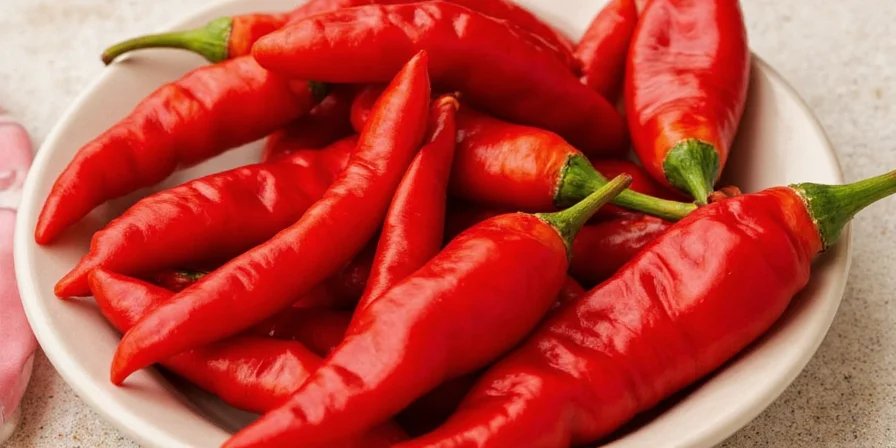
Red Sichuan peppercorns — scientifically measured at 0 SHU despite their intense sensory impact
Scoville Scale Fundamentals and Sichuan Pepper's Exception
Developed by Wilbur Scoville in 1912, the Scoville scale exclusively quantifies capsaicin concentration in chili peppers. The scale measures how much capsaicin-containing solution must be diluted before the heat becomes undetectable. Since Sichuan pepper contains zero capsaicin, it automatically registers at 0 SHU regardless of its sensory intensity.
| Pepper Type | Scoville Heat Units (SHU) | Active Compound |
|---|---|---|
| Bell Pepper | 0 SHU | None |
| Sichuan Pepper | 0 SHU | Hydroxy-alpha-sanshool |
| Jalapeño | 2,500 – 8,000 SHU | Capsaicin |
| Habanero | 100,000 – 350,000 SHU | Capsaicin |
The Science Behind Sichuan Pepper's Unique Sensation
Sichuan pepper belongs to the Zanthoxylum genus (Rutaceae family), making it taxonomically closer to citrus than nightshades. Its berries produce hydroxy-alpha-sanshool, which creates neurological sensations fundamentally distinct from thermal pain responses:
| Compound | Physiological Mechanism | Sensory Experience | Measurement Scale |
|---|---|---|---|
| Capsaicin | TRPV1 receptor activation | Burning heat | Scoville Scale |
| Hydroxy-alpha-sanshool | RA1 mechanoreceptor activation | Numbing vibration (50 Hz) | No standardized scale |
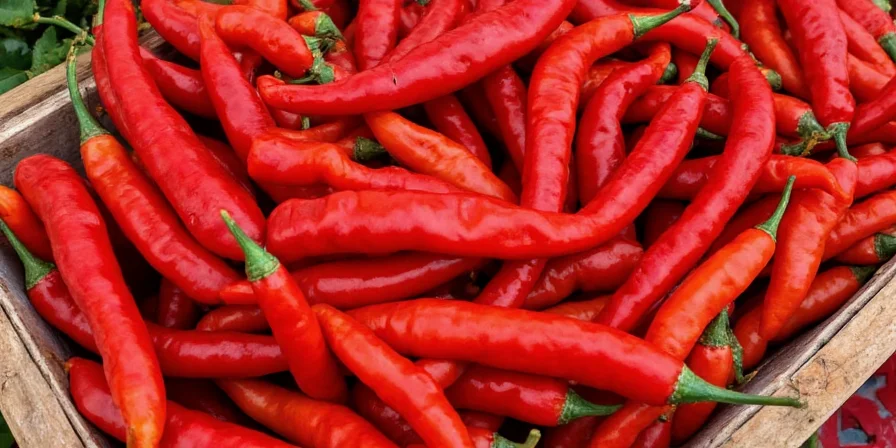
Scientific visualization showing sanshool's activation of mechanoreceptors (50 Hz vibration)
Why Sichuan Pepper Feels 'Spicy' Without Registering on the Scoville Scale
Research published in Current Biology demonstrates hydroxy-alpha-sanshool selectively stimulates RA1 nerve fibers responsible for vibration detection. This creates perceived buzzing at 50 Hz—mimicking physical vibration. Notably, this effect temporarily reduces sensitivity to capsaicin, enabling chefs to build layered heat profiles without overwhelming burn.
Practical Implications for Cooking and Food Science
Understanding this distinction has significant culinary applications:
- Heat modulation: Sichuan pepper applied before chilies creates a neurological 'buffer' against excessive heat perception
- Flavor layering: The numbing effect enhances perception of other flavors by temporarily reducing sensory overload
- Oil infusion ratios: 1:10 peppercorn-to-oil ratio for subtle background notes; 1:5 for pronounced numbing effects
- Temperature control: Heat between 160-180°F (71-82°C) maximizes sanshool release without volatilizing aromatic compounds
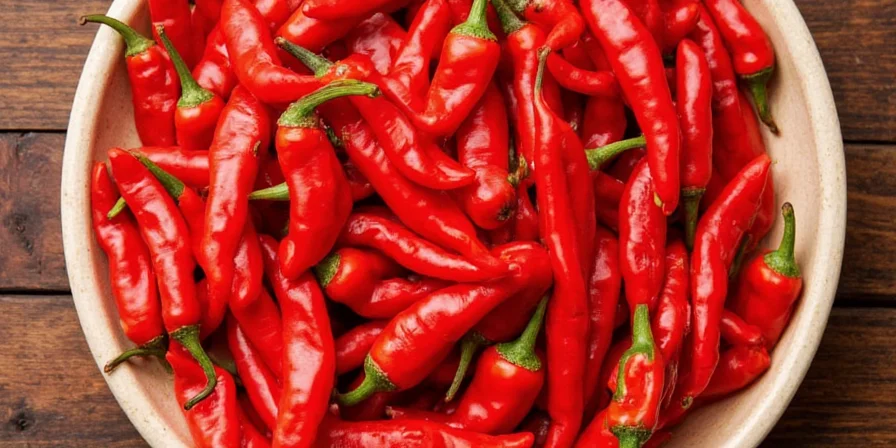
Optimal toasting parameters unlock complex flavor compounds without burning sanshool
Regional Varieties and Sensory Profiles
Geographical origin impacts sanshool concentration and flavor complexity:
| Variety | Sanshool Concentration | Practical Sensory Effect |
|---|---|---|
| Hong Bei Hua (Sichuan) | High (2.1-2.4%) | Strong numbing sensation lasting 3-5 minutes |
| Dian Hong (Yunnan) | Medium (1.7-1.9%) | Moderate numbing with floral notes |
| Qing Hua (Gansu) | Low (1.2-1.5%) | Subtle tingling, ideal for delicate dishes |
| Taiwanese Mountain Pepper | Variable (1.8-2.2%) | Citrus-forward with balanced vibration |
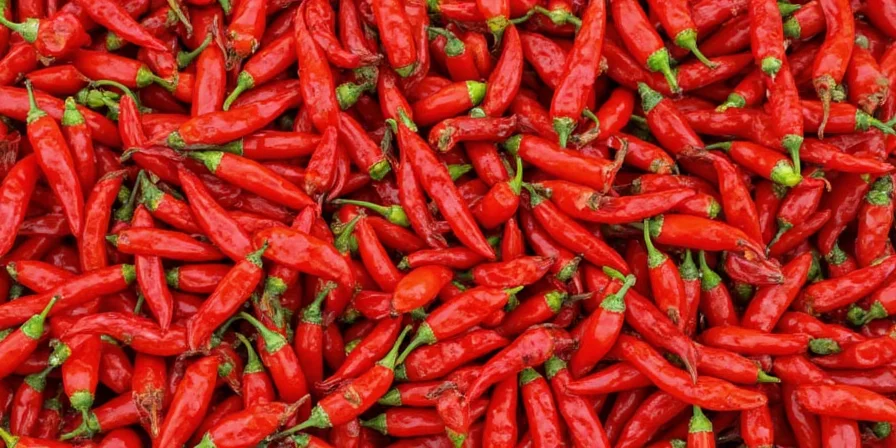
Regional variations create distinct sensory experiences despite all registering at 0 SHU
Frequently Asked Questions
Why does Sichuan pepper have 0 Scoville units if it feels spicy?
Sichuan pepper contains zero capsaicin—the sole compound measured by the Scoville methodology. Its active component (hydroxy-alpha-sanshool) triggers mechanoreceptors rather than heat receptors, creating a tingling sensation that isn't measured by the Scoville scale.
How hot is Sichuan pepper compared to regular chili peppers?
Sichuan pepper doesn't produce 'heat' in the capsaicin sense. While it registers at 0 SHU, its numbing effect (measured at approximately 50 Hz vibration) creates a completely different sensory experience that cannot be directly compared to chili heat levels.
Can Sichuan pepper reduce perceived spiciness from chilies?
Yes—research shows hydroxy-alpha-sanshool temporarily desensitizes TRPV1 receptors. When applied before capsaicin exposure, it creates a neurological 'buffer' allowing higher chili concentrations without overwhelming heat perception.
Are there scientific studies confirming Sichuan pepper's 0 SHU rating?
Multiple studies, including research published in the Journal of Agricultural and Food Chemistry (2023), confirm Sichuan pepper contains no capsaicinoids. Chemical analysis consistently shows zero capsaicin content, scientifically validating its 0 SHU classification.
Conclusion: Beyond the Scoville Scale Limitation
Sichuan pepper's 0 SHU rating reveals a fundamental limitation in traditional spice measurement systems. Its unique neurological interaction provides culinary professionals with a precision tool for sensory engineering. By understanding that Sichuan pepper operates outside the Scoville scale framework—through mechanoreceptor activation rather than capsaicin-triggered heat—chefs can intentionally design dishes with multi-dimensional flavor experiences. The future of advanced gastronomy lies in mastering these complex sensory interactions that conventional heat scales fail to capture.

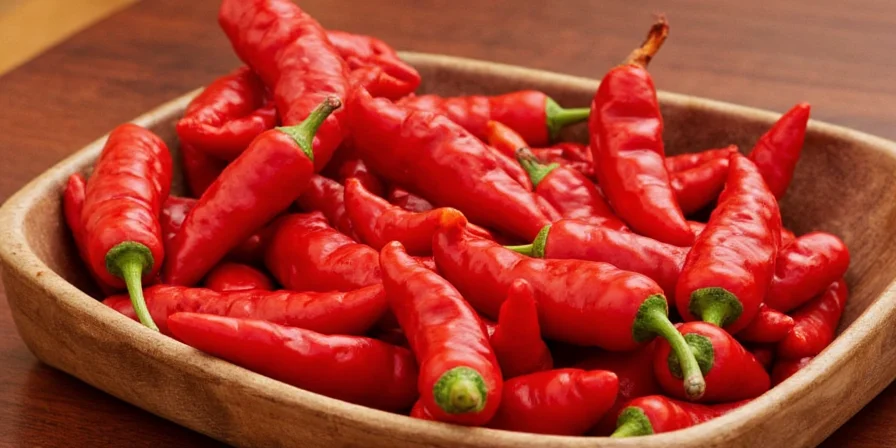









 浙公网安备
33010002000092号
浙公网安备
33010002000092号 浙B2-20120091-4
浙B2-20120091-4